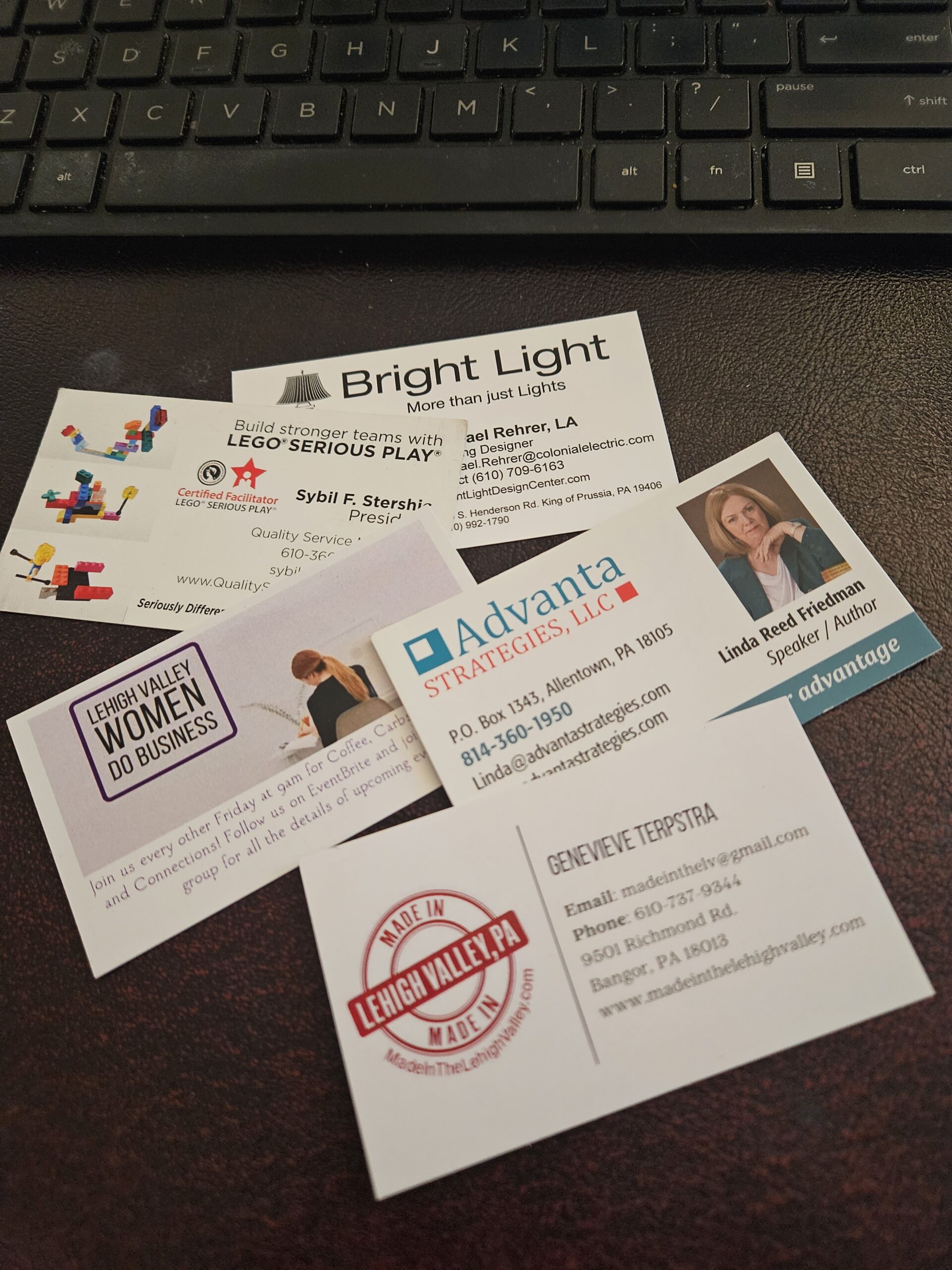The Power of Storytelling
in Your Presentations
Make the client the hero.
Your presentation isn’t just about showcasing your design genius it’s about inviting the client into their own success story. When they can see themselves living in the space you’re describing, you’ve already won them over emotionally before the budget even hits the table.
Use narrative arcs
Every great design presentation follows a rhythm: a beginning (the problem), a middle (the process), and an end (the transformation). Framing your work this way turns a list of specifications into a journey. Clients remember the story of how their workspace evolved far more vividly than they remember square footage or fabric codes.
Tie design details to human emotion.
Color, texture, and light aren’t just technical elements; they’re emotional cues. When you explain that soft blues calm a reception area or warm lighting makes a café more welcoming, you’re speaking the language of feeling, not just functioning. That’s what turns design into experience.
When you weave story, structure, and emotion together, you’re not merely presenting a design—you’re shaping perception. As Plato said, “Those who tell the stories rule the world.” In our world of design, those who tell the right story rule the room.
How Humor Can Lighten the Room
A smile can make your design pitch twice as memorable. Humor, when done right, isn’t about being a comedian it’s about being human. A little laughter reminds everyone that design is supposed to bring joy, not stress. So the next time you walk into a presentation, bring your sense of humor along with your fabric swatches. You’ll leave behind not only a beautiful concept but also a positive impression.
Creating Connection: The overlooked power of eye contact
Eye contact is the designer’s secret to presence. It’s what transforms a presentation from mechanical to magnetic. Slides may show your ideas, but your eyes show your confidence and that’s what clients and audiences remember most.
Why Every Designer Should Practice Their Speech
In design, presentation is persuasion. When you practice speaking as much as sketching, you build trust, authority, and excitement around your ideas. A polished pitch can make the difference between a “maybe” and a “let’s do it.” Remember your voice is part of your professional toolkit. Use it well, and let it sell your vision as powerfully as your designs do.
NETWORKING …. WHAT HAPPENS AFTER
Networking is more about follow-up than first impressions.
Sound as Good as You Look
Trade shows can showcase your talent and brand but shouldn’t cost you your voice.
The Designer’s Elevator Pitch:
If you can’t explain your vision in a minute, you’ll lose the moment. In the world of design, opportunities often appear unexpectedly,a quick chat at a showroom, a brief meeting at a networking event, or a chance encounter with a potential...








That makes a lot of sense! Stopping by from the UBC.
A good story can do alot of selling.